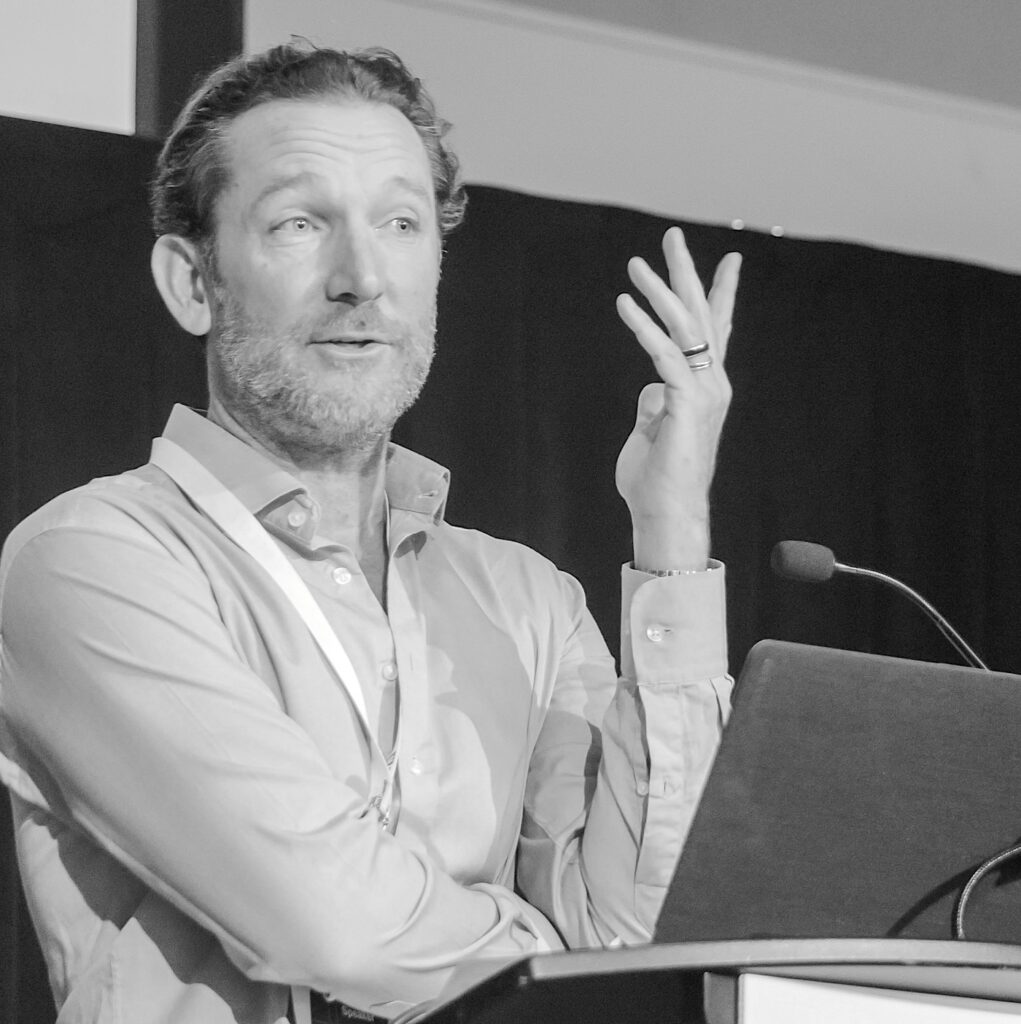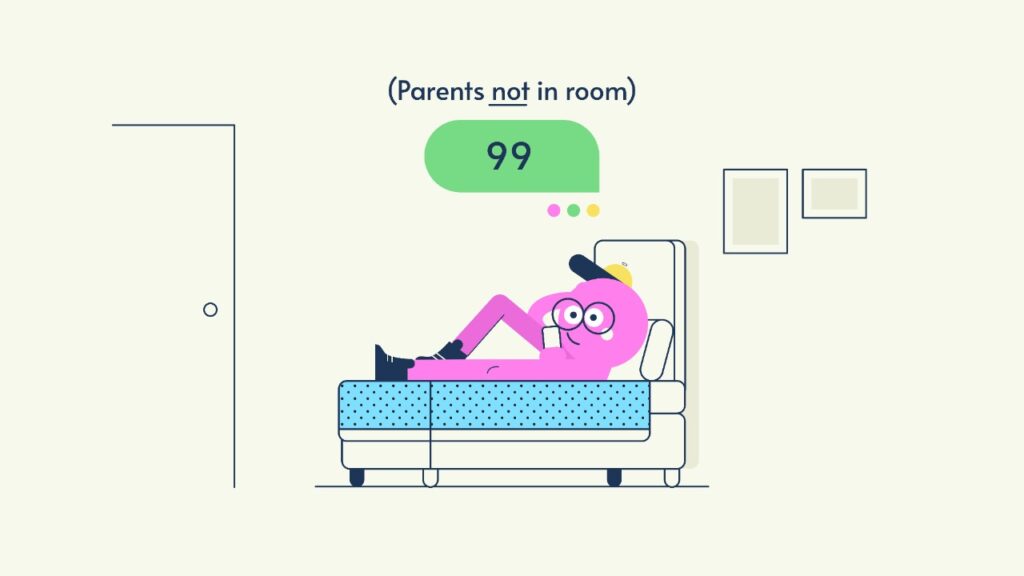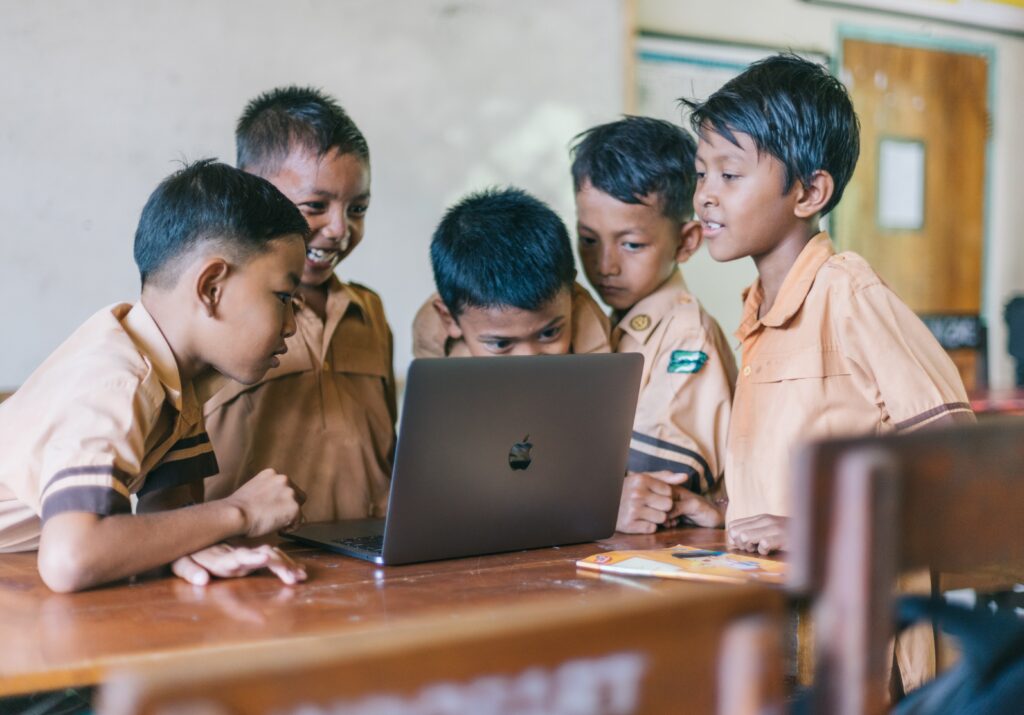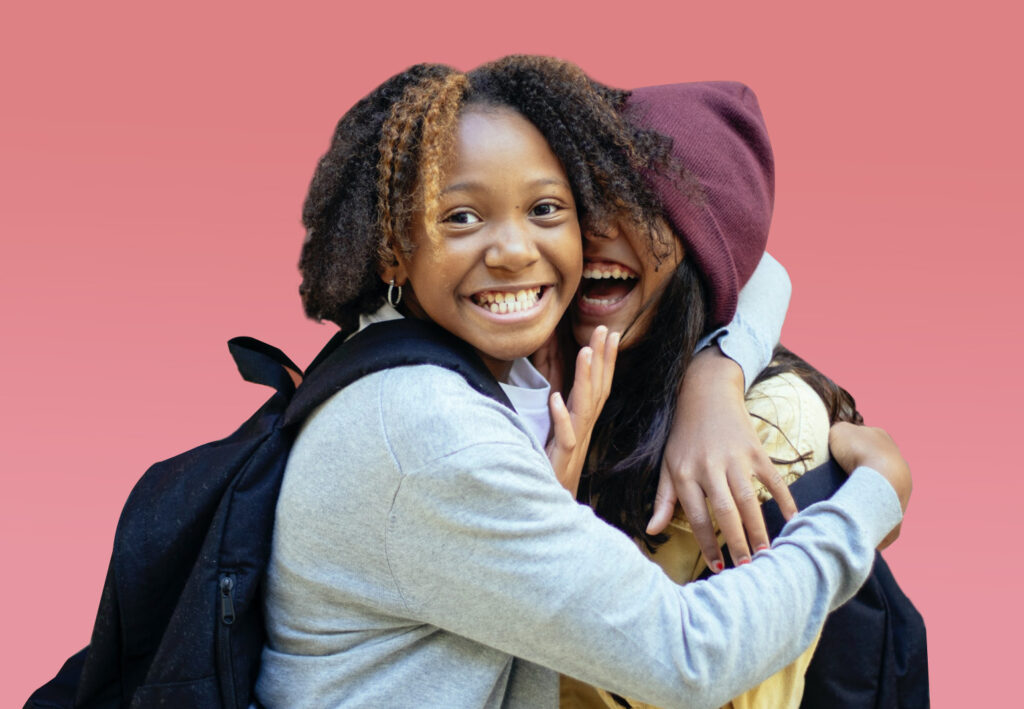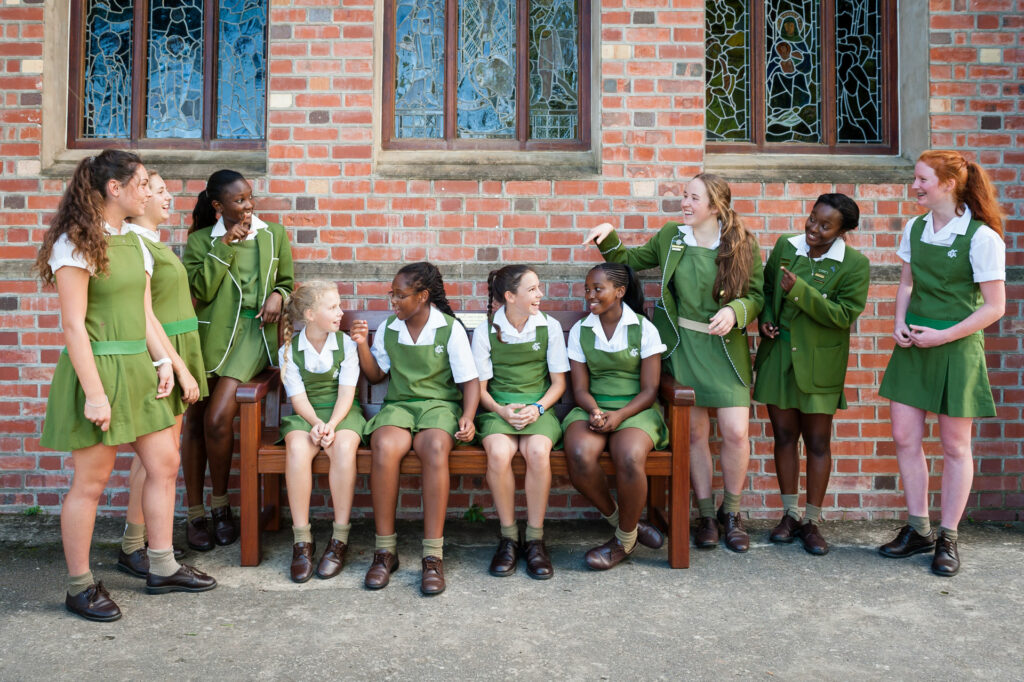Australia to Ban Social Media for Under-16s: What Does This Mean for South Africa?
Australia’s bold step to ban social media for under-16s has stirred global conversations. On the surface, this legislation aims to shield young people from the growing risks of the online world. But as we applaud efforts to protect children, we must confront a deeper question: why aren’t we educating our youth to navigate this digital […]
Australia to Ban Social Media for Under-16s: What Does This Mean for South Africa? Read More »

